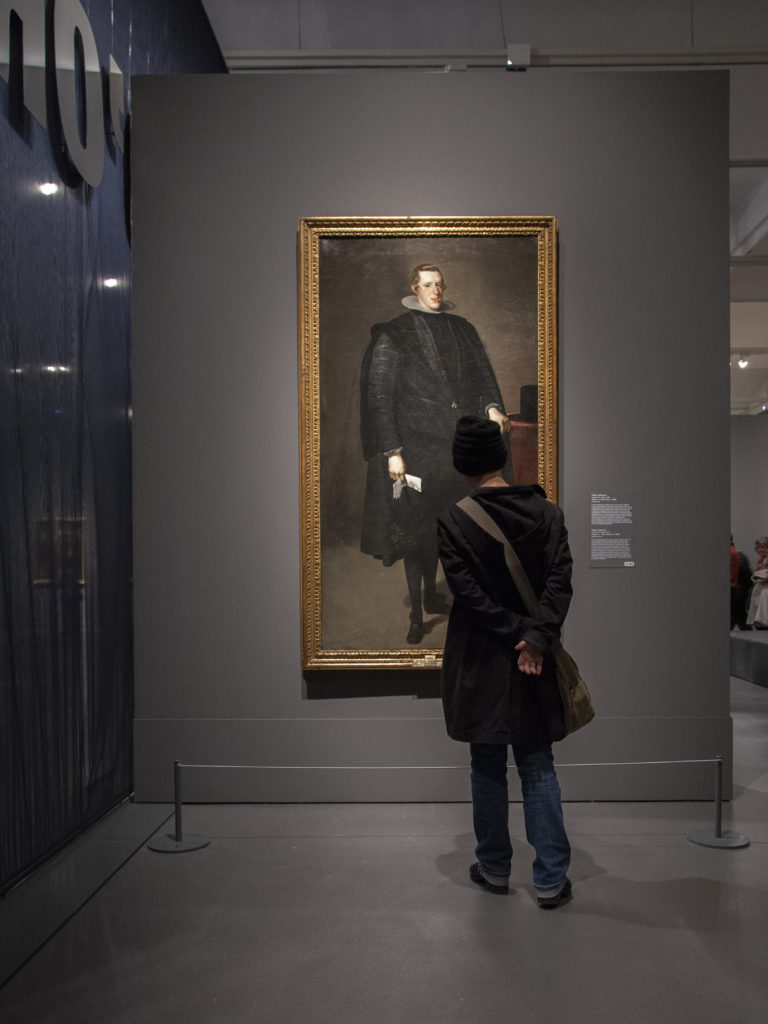A very interesting exhibition of Master painter Diego de Velázquez in Barcelona, and several other contemporary artists of his time, the so-called “Siglo de Oro”, like Tiziano, Zurbarán, Murillo. Van Dyck and others… Most of these paintings are usually in Madrid, in the Museo del Prado, so it was an occasion that I should not miss.
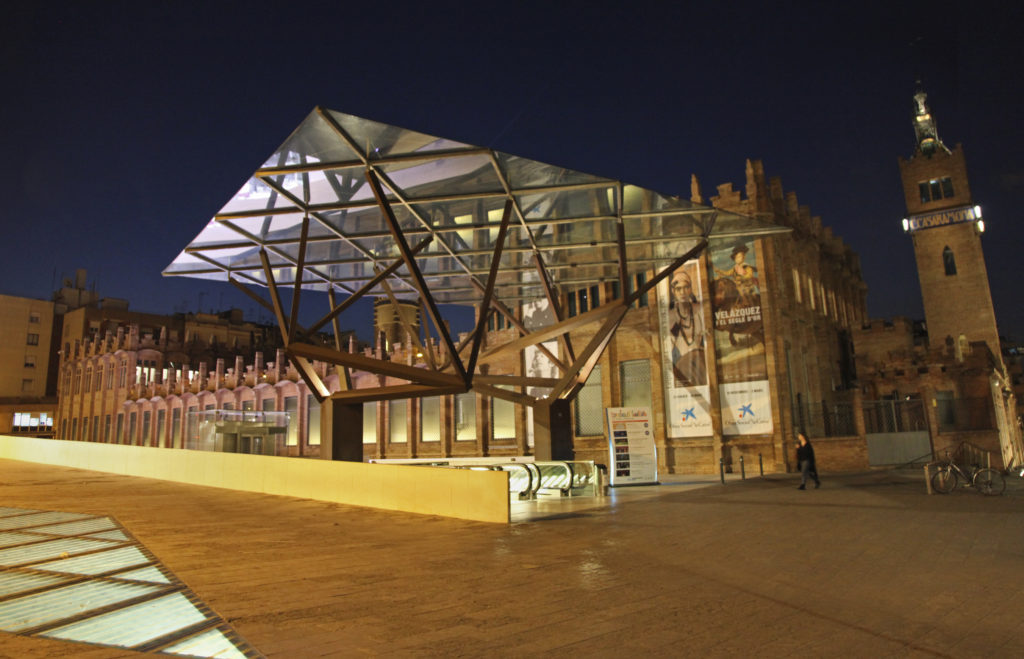
View of Caixa Forum, Barcelona Velazquez Exhibition, Barcelona, ©photo by Bogra art studio
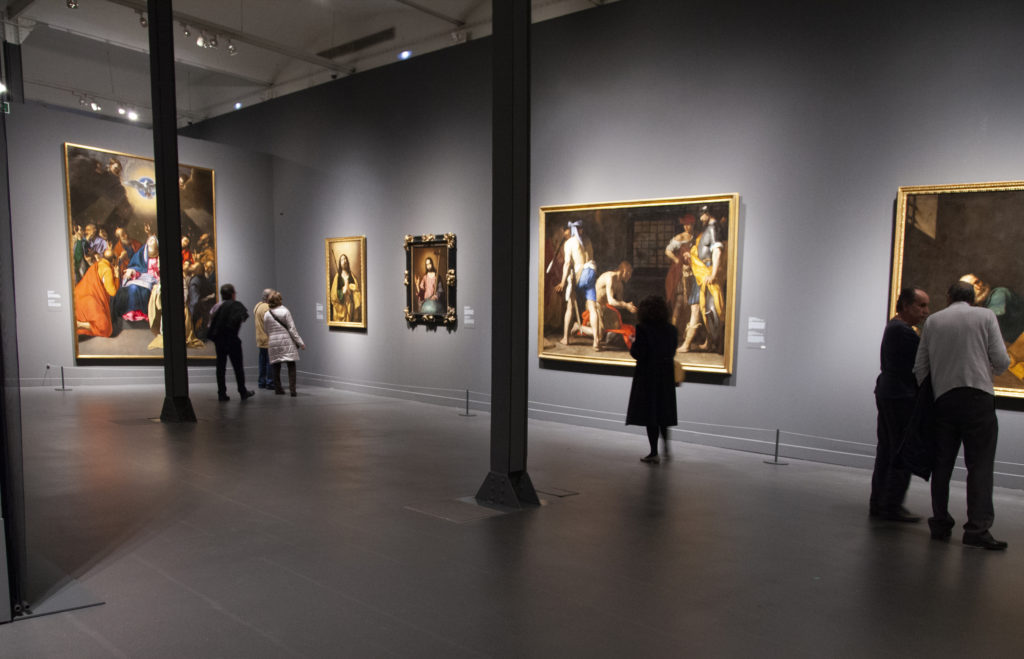
Diego de Velázquez and Siglo de Oro, Caixa Forum Barcelona, 2019, ©photo by Bogra art studio
The exhibition, in CaixaForum space, Barcelona, brings us closer to the Velazquez world through seven works by the Sevillian master. And another fifty works by great artists related to him. Works of contemporary international artists to the Spanish painter arranged according to a thematic expository criterion that allows a better understanding of the originality of Velázquez as a narrator.
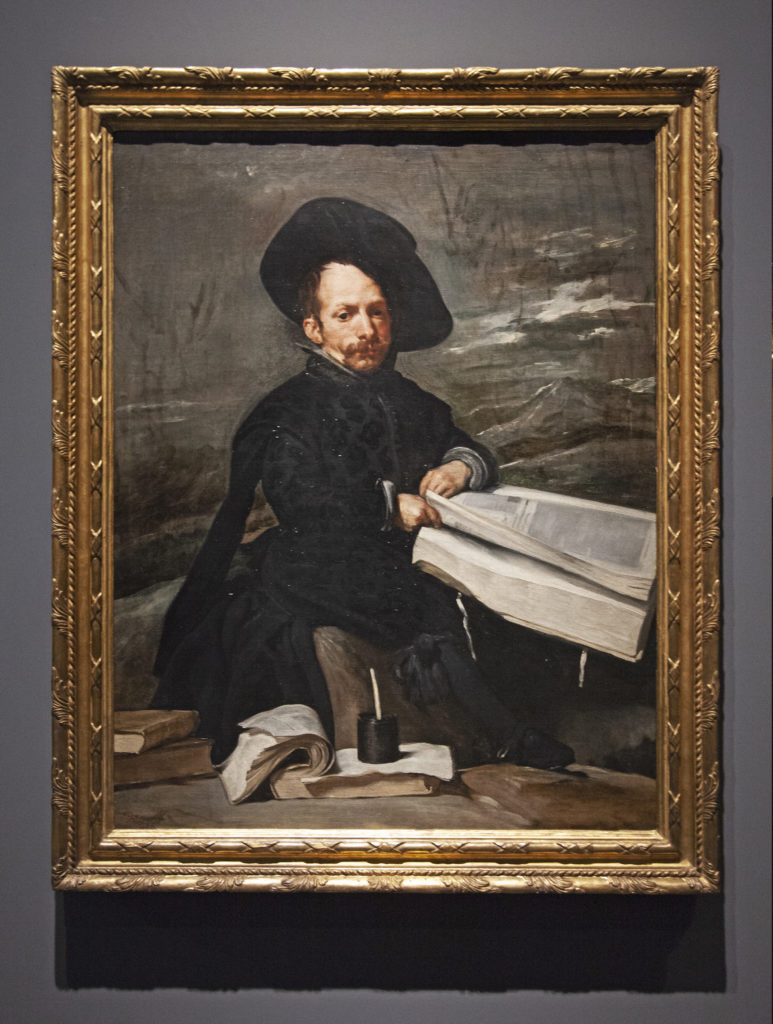
Diego de Velázquez, “El bufón don Diego de Acedo” 1640, Caixa Forum Barcelona, 2019
The paintings of jesters are something exceptional in the work of Diego de Velázquez. he represents them with honor, respecting their own dignity and captures the most human and endearing of their deformity, although it also reflects on their faces the suffering they had to deal with. It is affirmed that Don Diego de Acedo was a buffoon as well as being in charge of the royal mail and the stamp with the real signature.
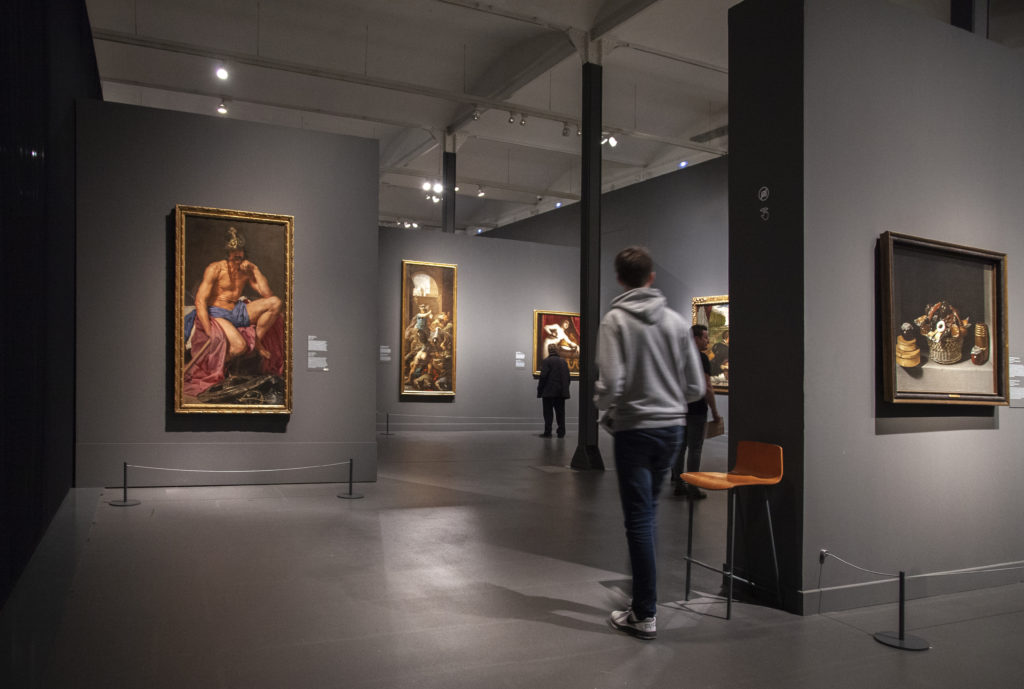
Diego de Velázquez Exhibition Caixa Forum Barcelona, photo by ©Bogra art studio, 2019
The painting “Marte”, the Roman god of war but also the representation of the spring, by Velázquez, is a very peculiar painting, compared with previous representations of this god made previously by other artists, painter or sculptors.
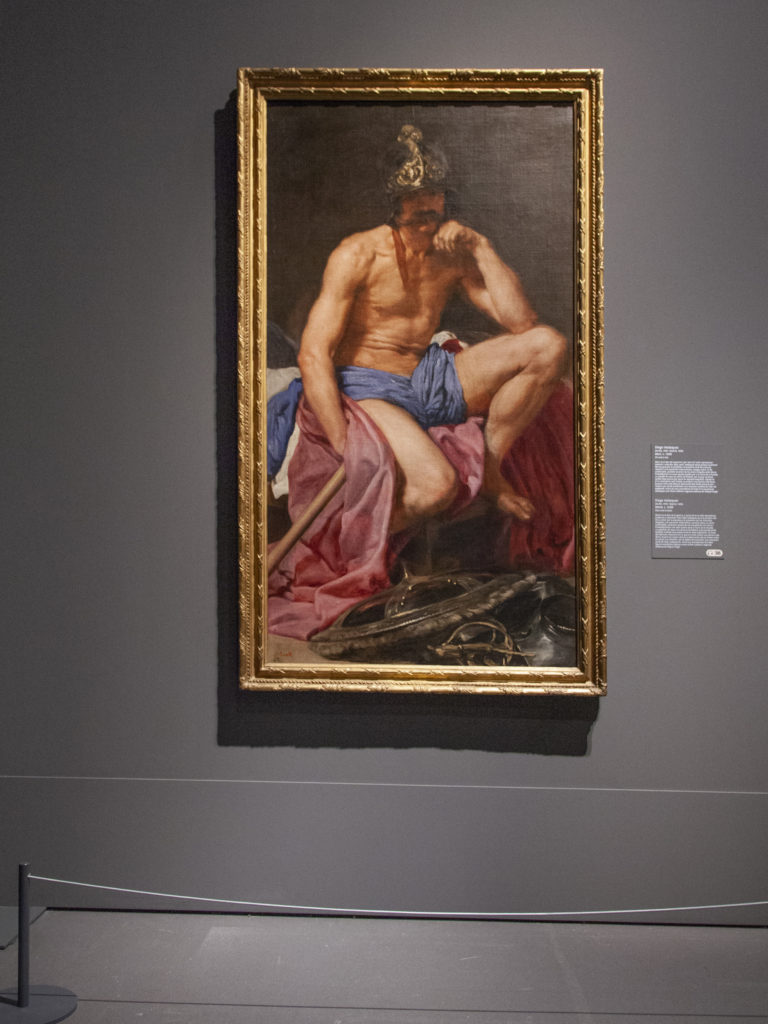
“Marte”, estimate 1636-1640, Diego de Velázquez, Oil painting, ©photo by Bogra art studio 2019
Alonso Sánchez Coello was court painter to Philip II and he united two different pictorial styles developed in the mid-sixteenth century by Titian and Anthonis Mor respectively. Infanta Isabel Clara Eugenia and Magdalena Ruiz was her daughter This portrait represent not only the woman, which was a very prominent one but also the body of a nation and the body of an empire. It is a portrait of power. Sánchez Coello´s images are austere in their presentation, yet they include certain symbolic elements that place the sitters in a suitable context easily legible to the viewer.
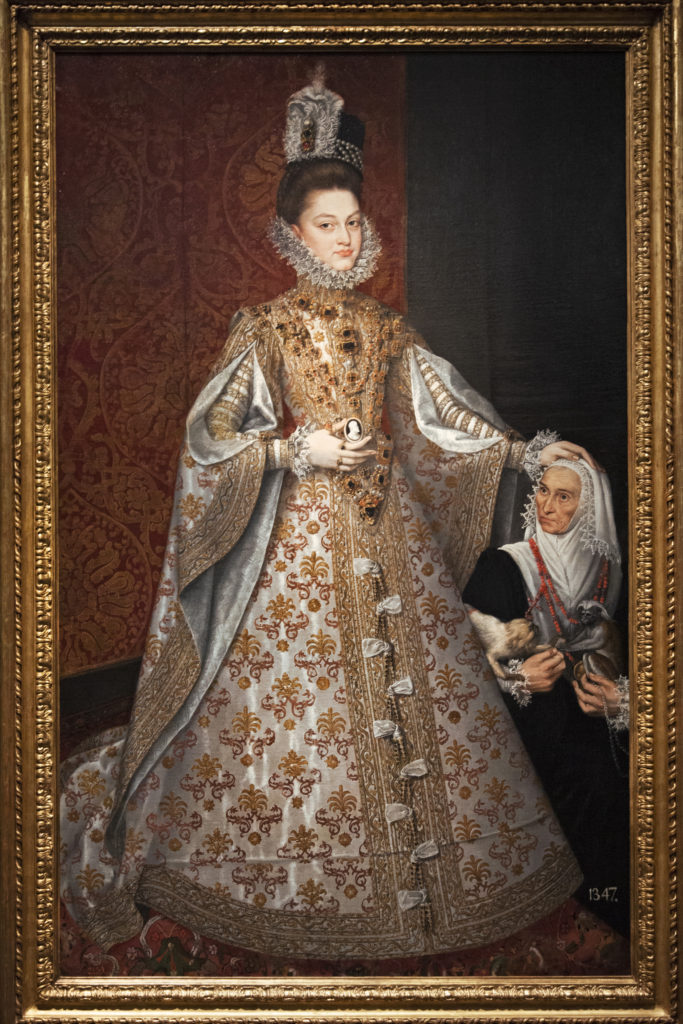
Alonso Sanchez Coello, “Infanta Isabel Clara Eugenia con Magdalena Ruiz”, 1585.1588, ©photo by Bogra art studio.

